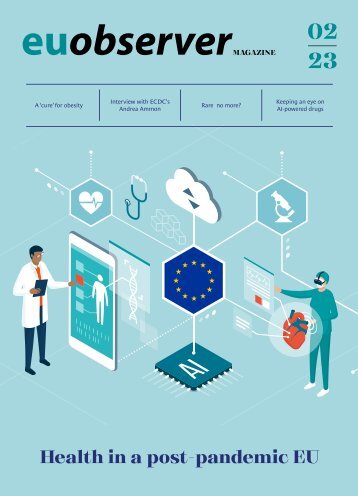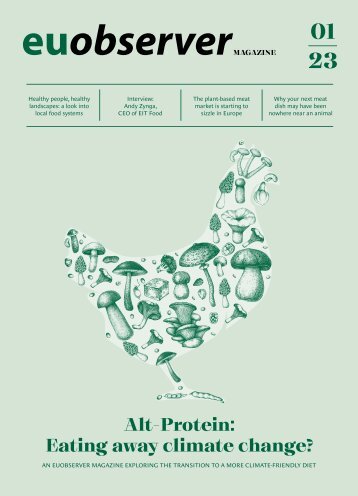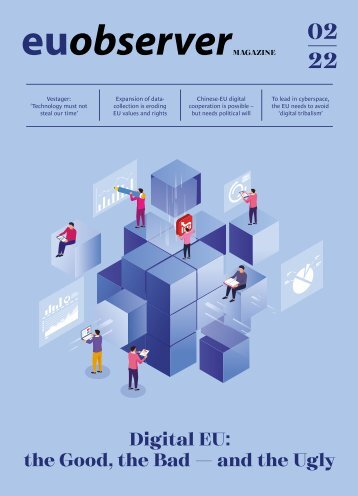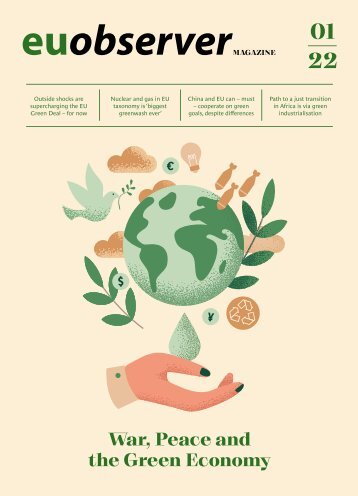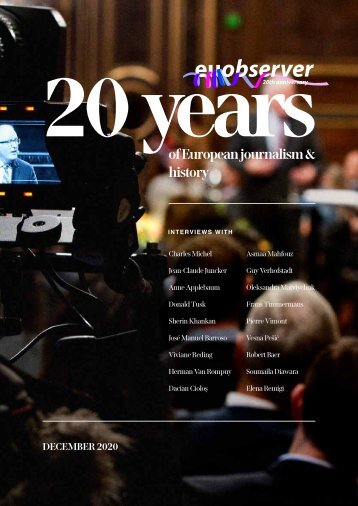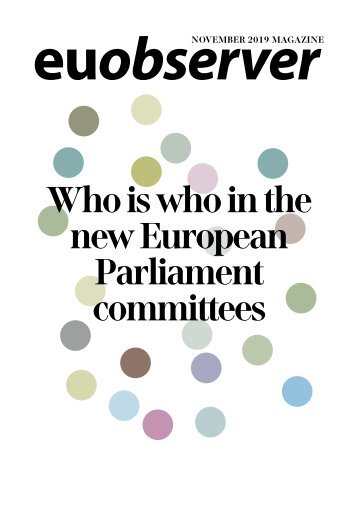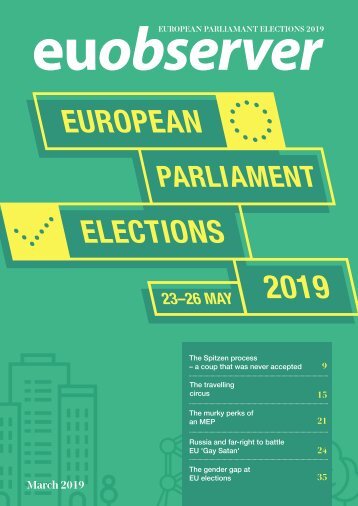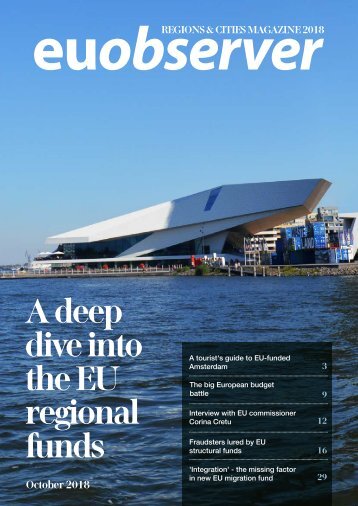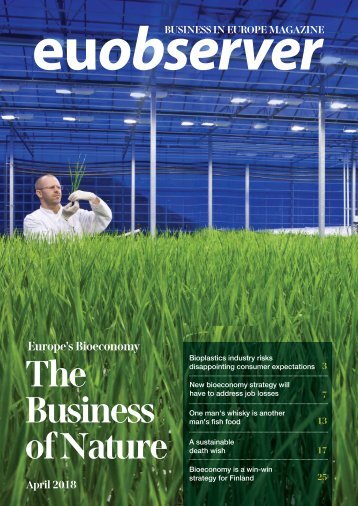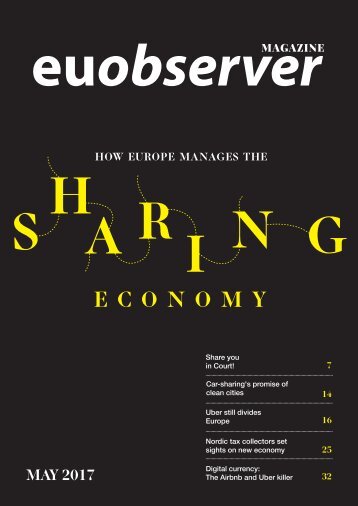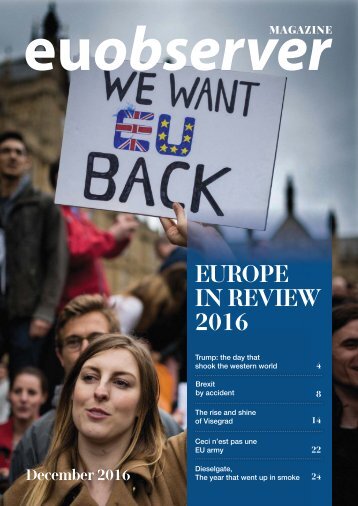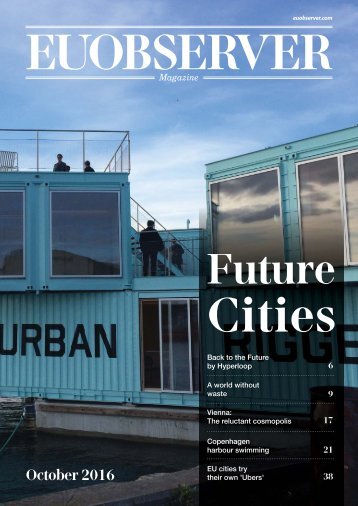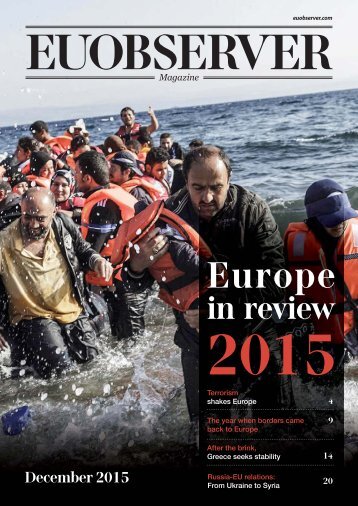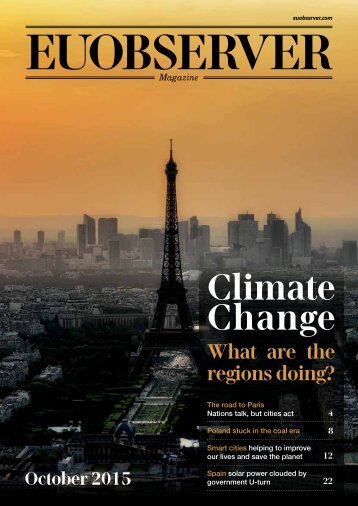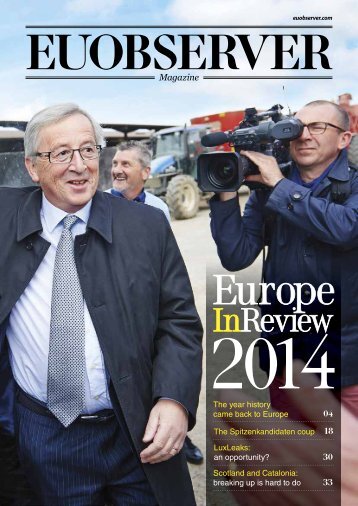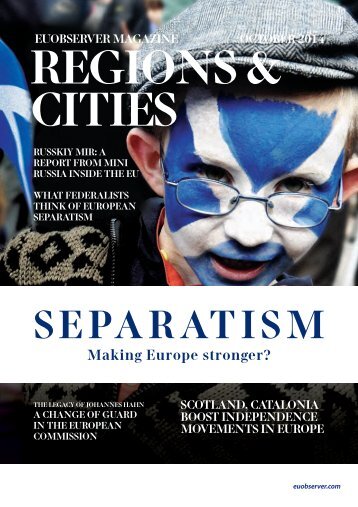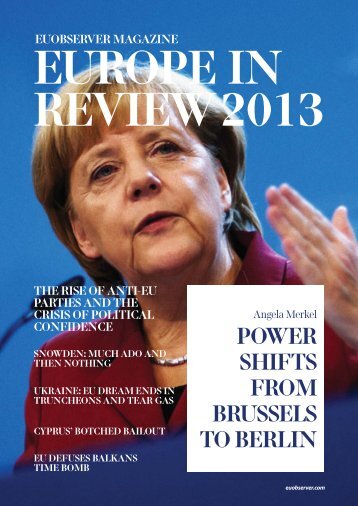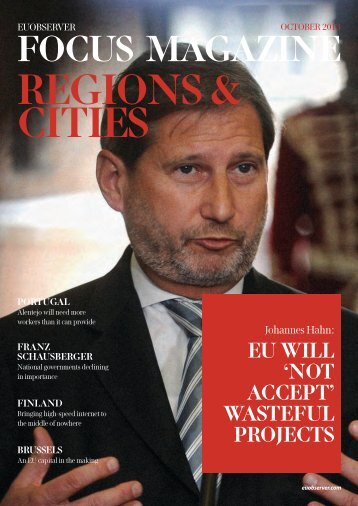Europe's Bioeconomy: The Business of Nature
- Text
- Food
- Nature
- Environment
- Union
- Agriculture
- Forestry
- Science
- Biotech
- Bioeconomy
Photo: European
Photo: European Commission progress and fully assess, or evaluate, the extent to which the implementation of the actions contribute to "Also, the sheer number and diversity of (sub-) actions may have resulted in a sub-optimal focus and some overlap," it added. A WESTERN EUROPEAN AFFAIR Another critique was that the goals of the bioeconomy strategy were also the goals of many other EU policies. "These policies and other factors such as the macro- on addressing these objectives. It is, therefore, not possible in this review to quantify the direct contributions that the bioeconomy strategy and its action plan have made to help achieve these objectives." The review did say that the strategy has helped increase awareness of the importance of the bioeconomy, but some caveats can be added there too. The 2012 paper had called on EU member states to come forward with their own national bioeconomy strategies. The review found that those countries states that have been EU members since before 2004, while central and eastern EU countries "lag behind". An east-west division can also be distinguished bioeconomy sector. In 2014, 88 percent of the €2.2 trillion in turnover was made in the EU15. In part, that is because in eastern EU states the bioeconomy sector is mostly made up of agriculture jobs. The agriculture and forestry sectors are still too often nothing more but a supplier of raw material, EU agriculture commissioner Hogan said at the February ministerial meeting. "The bioeconomy has the potential to improve the living conditions of primary producers – our farmers and foresters - by creating additional outlets for higher value-added products as well as spurring innovation in the primary sector. However, in order to achieve this potential, primary producers need to play a more active role in the value creation of the bioeconomy supply chains," he said. The commission has scheduled publication of the reviewed bioeconomy strategy for the third quarter of 2018. 08 — BUSINESS IN EUROPE MAGAZINE 2018
The EU's bioeconomy in figures The following pages provide an overview of the development of jobs and annual turnover in ten subsectors of the bioeconomy, as defined by the European Commission's in-house think tank, the Joint Research Centre. More traditional sectors like agriculture and wood production have seen a reduction in jobs, which was not fully offset by new jobs in newer fields like bio-based chemicals. Annual turnover figures are in millions of euros. Source: Joint Research Centre Infographic: Tobias Andreasen 09 — BUSINESS IN EUROPE MAGAZINE 2018
- Page 1 and 2: BUSINESS IN EUROPE MAGAZINE Europe'
- Page 3 and 4: Bioplastics industry risks disappoi
- Page 5 and 6: Ready for your new adventure in Bel
- Page 7: NEW BIOECONOMY STRATEGY WILL HAVE T
- Page 11 and 12: Jobs in the bioeconomy in 2014 The
- Page 13 and 14: One man's whisky is another man's f
- Page 15 and 16: Photo: IBioIC exp
- Page 17 and 18: A sustainable death wish No one can
- Page 19 and 20: and then shattered into smaller pie
- Page 21 and 22: commission's various directorates-g
- Page 23 and 24: And despite earlier warnings not to
- Page 25 and 26: BIOECONOMY IS A WIN/WIN STRATEGY FO
- Page 27 and 28: GLOBAL SCARCITY OF NATURAL RESOURCE
- Page 29 and 30: Photo: The Humane League No end in
- Page 31 and 32: WTO arbitration panel in Geneva, bu
Inappropriate
Loading...
Mail this publication
Loading...
Embed
Loading...
